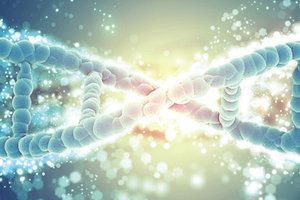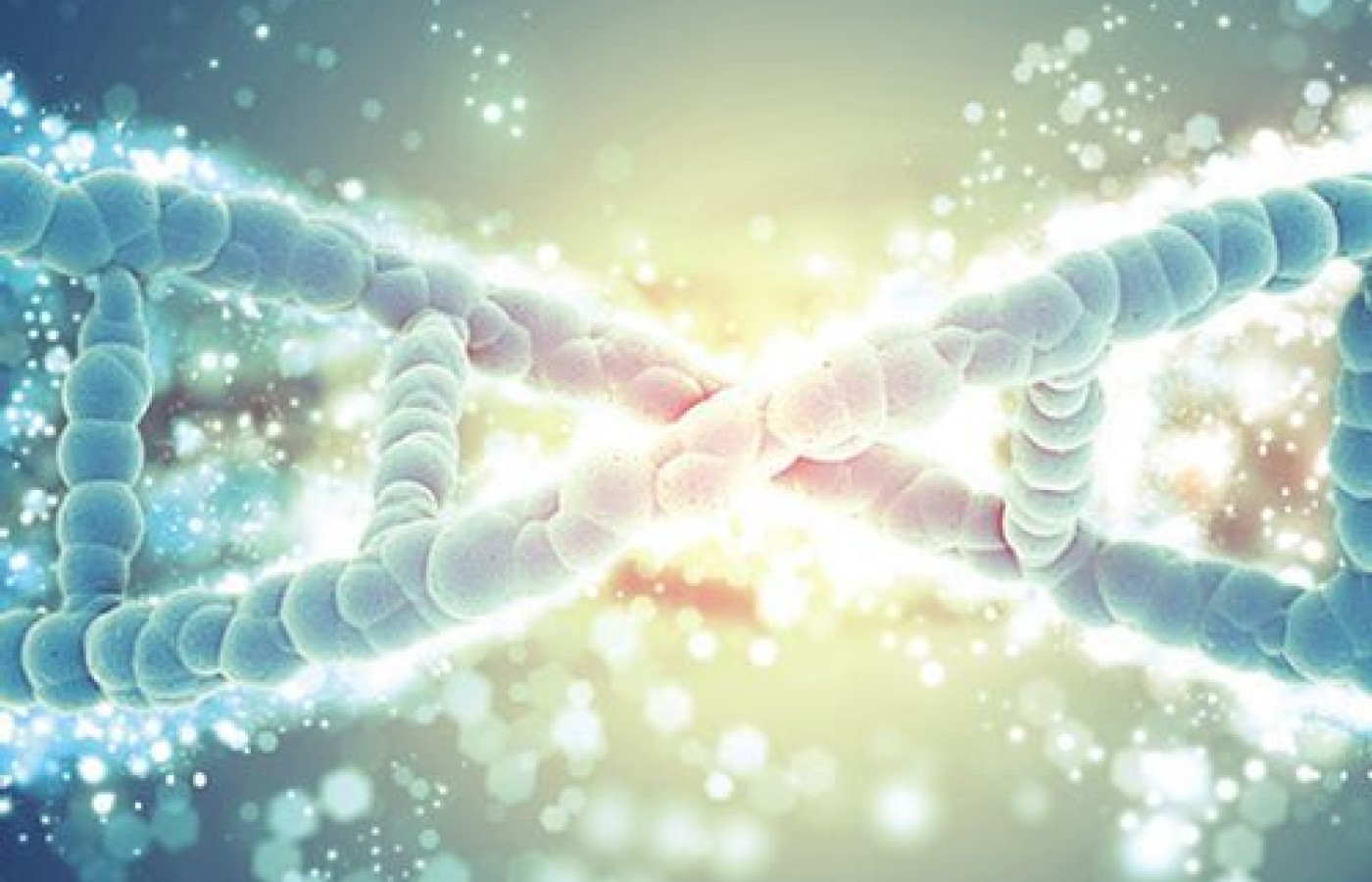As a practitioner, you know foot pain should be addressed as soon as possible, as pain in one or both feet can potentially lead to impairment of foot function. But rather than treating foot pain with over-the-counter pain and anti-inflammatory medications such as ibuprofen, or prescription nonsteroidal anti-inflammatory drugs (NSAIDs), or even corticosteroid injections for chronic foot pain, why not try red light / infrared therapy?
The Chiropractor's Guide to CRISPR
Science magazine's "Breakthrough of the Year" award for 2015 was described as "the gene-editing tool called CRISPR."1 CRISPR stands for "clustered regularly interspaced short palindromic repeats." It is very likely that this will not only replace traditional forms of plant breeding, but will also replace other lab-based genetic modification techniques that have caused so much angst and misunderstanding.
This article is an explanation of the procedure and should allow DCs to better evaluate the inevitable pushback that will occur and, most importantly, be able to answer "Is it safe?" questions from patients when this technology begins to be used.
The Basics of CRISPR
Trying to find a definition of CRISPR for the non-microbiologist was much more difficult than I expected. If you can imagine reading, "Put on your shoes and socks," without knowing what shoes and socks are, let alone what they are supposed to be put on, you know what I encountered with CRISPR.
After reading dozens of articles, I came to realize that much of what I read was simply reworded (if not exact) passages from the same few sources. When the rewording resulted in a mistake, it was repeated in the cut-and-paste world of Internet writing without being cited. And the typical original article often created more questions than it answered.
Even the accurate descriptions were confusing because when you read something that says, "molecular fragments of a bacterial cell that are used as a tool or devise or technique or method or system," you have no idea what is actually happening. Even Wikipedia, which usually does a good job explaining complex science, could only dumb it down to this:

"The CRISPR/Cas system is a prokaryotic immune system that confers resistance to foreign genetic elements such as those present within plasmids and phages, and provides a form of acquired immunity. The Cas protein(s) use the CRISPR spacers to recognize and cut these exogenous genetic elements in a manner analogous to RNA interference in eukaryotic organisms."2
History & Physiology
CRISPR is one of the smallest immune systems ever identified. It is how bacteria protect themselves from viruses that inject DNA or RNA into them in order to replicate.
In the mid 1980s, an American scientist invented a "polymerase chain reaction" (PCR) which allowed researchers to do what they call DNA sequence amplification. Before this invention, when scientists wanted to study DNA, they had to buy a piece of paper, which we will call XYZ. When they would write on the paper, they had to be careful not to make a mistake or they would have to stop, return to the store, buy another piece of XYZ paper and start over.
PCR allowed them to buy an entire pad of XYZ paper, and they no longer had to worry about ruining a single piece of paper. This allowed research to explode.
In the late 1980s, Japanese scientists were studying the gene sequence of E. coli and noticed a pattern of repeating DNA groups that were separated by strange, random groups of genetic material. Think of the known DNA sequences as the outside of a sandwich cookie, with the unknown DNA as the cream in between.
If you put the cookies in a stack, you have a cookie-cookie-cream-cookie-cookie-cream pattern. Now imagine a different color of cream between each cookie. That is the unknown DNA, while the top and bottom of the cookie is the known DNA sequence.
By 2002, scientists around the world who were studying DNA noticed the odd-colored cream in the stacks of cookies. Researchers in The Netherlands named it clustered regularly interspaced short palindromic repeats, aka CRISPR.
In 2005, three different groups of scientists realized the different colors of cream matched the genetic material from various viruses that infected the bacteria they were studying. They discovered CRISPR were bacterial RNA models of the virus DNA. Think of them as mug shots.
Scientists also noticed there were always proteins near the CRISPR groups with no apparent function. They were named CRISPR-associated proteins or Cas.
When researchers noticed that Cas proteins were comparing the mug shots (RNA models carried by CRISPR) with genetic material encountered in the cell and quickly killing the matches (viruses), they concluded that what they had been studying was a primitive immune system.
With that information, all scientists had to do was change the CRISPR sequences (the color of the cream between the cookies) to change what the Cas protein would destroy. And that led to adjusting Cas proteins to do tasks besides killing.
Like It or Not, CRISPR Is a Game Changer
CRISPR is easier, cheaper, faster and more accurate than any other gene-modifying technique. It works on all types of living tissue and will be used in humans, animals and agriculture. Nobel Prizes have been predicted, cures never imagined are anticipated, and lawsuits over patents based on a process invented by bacteria have already been filed. Like it or not, it will be a giant game changer for mankind.
Every type of human manipulation of a plant's natural reproductive cycle – from cross-breeding to grafting to assisted pollination, to back crossing to hybrid selection to seed mutation by poison and/or radiation – modifies genes. We just never knew the exact gene or genes that are altered. This is the reason CRISPR or something similar will make other methods of crop breeding obsolete.
Think of it this way: If we could have specifically controlled which genes we altered to create the countless varieties of virtually every major agricultural crop, we would never have (unintentionally) eliminated many of the genes that provided natural immunity and protection from weeds and pests. After all, before the food we eat today was domesticated, it survived without pesticides and herbicides, and did so for thousands of years.
Who knows; CRISPR may even be used to restore or re-create the original genes that will once again enable plants to protect themselves by themselves.
This attempt to untangle the technicalities of CRISPR and construct an explanation will hopefully 1) answer more questions than it creates; 2) enable you to recognize valid versus invalid criticisms when – pun intended – "CRISPR apples" begin to appear in food markets; and 3) not become comic relief at the next microbiology conference.
References
- Marcus M. "Science Magazine Unveils 2015 'Breakthrough of the Year.'" CBSNews.com, Dec. 17, 2015.
- Clustered regularly interspaced short palindromic repeats (CRISPR). Wikipedia.com.



